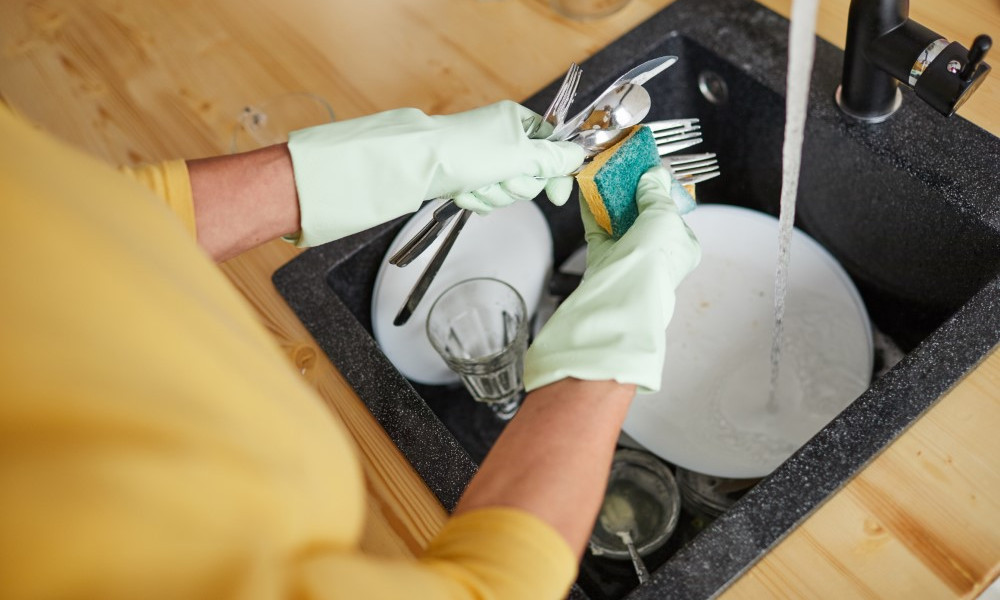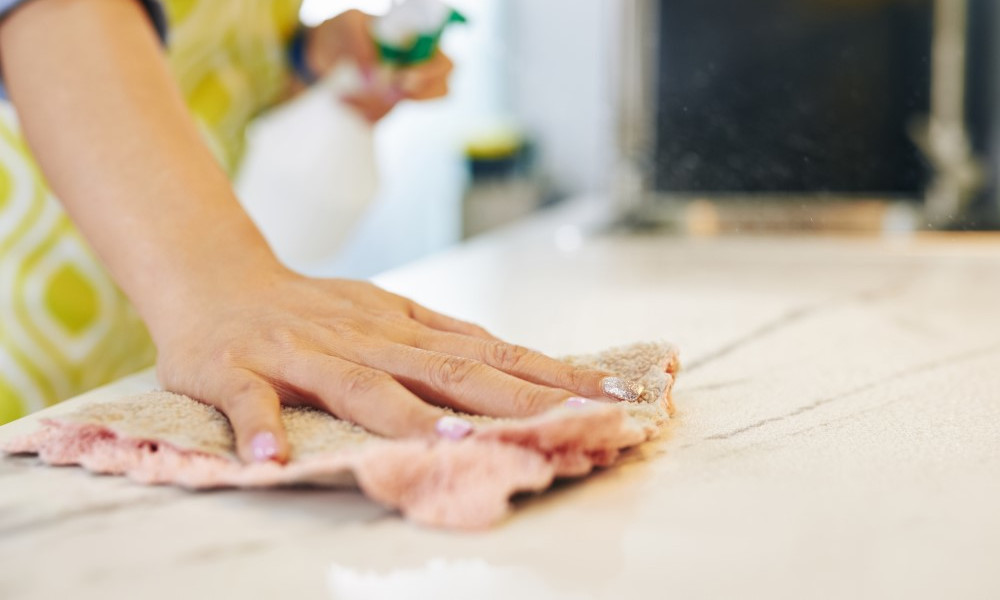Good hygiene begins from home. Besides sweeping and mopping the floor, doing the laundry, and washing the dishes, is it enough to keep your home clean? Here are important home hygiene facts you may have overlooked.
Bedroom – A Dust Mite Wonderland

“Your body is a wonderland”, sings John Mayer, and possibly also the colony of dust mites partying on your bed.
The average human sheds almost 1 million dead skin cells a day! Since you spend a third of your day in bed (assuming you have 8 hours of sleep), your mattress is a graveyard of dead skin cells.
Dust mites are microscopic critters that feast on these cells. If only you can see how they look under the microscope, you’d think twice about sleeping in your bed.
Make sure to change your bedsheets and pillow casings weekly to prevent a build-up of oil, sweat, and dead skin cells on the bed. A clean bed helps keep your skin healthy and provides you a good night’s rest.
Perfect Temperature for Killing Germs in Laundry
Who doesn’t love the smell of fresh laundry? However, there are times when the laundry that comes out after a wash still smells off.
The reason why your clothes smell foul is due to the presence of bacteria. However, washing your clothes at a temperature of 60°C will destroy most bacteria and viruses, and remove stubborn stains. Heat kills germs, and your clothes will smell fresher after the wash.
Also, don’t forget to remove your laundry from the washing machine after each wash. When your clothes are left in the damp for too long, the moisture encourages bacteria to grow.
Similarly, clothes that are stored without completely drying will give off an unpleasant odour. Ensure that you dry your clothes properly in the sun before bringing them in.
Flush with the Lid Down

Scientists have discovered that a single flush can send a spray of water droplets into the air as high as 1 meter. The droplets are known as toilet plumes. To put things into perspective, it’s basically fecal confetti trapped within those tiny droplets. This could be one of the most disgusting home hygiene facts. Eww!
The droplets will eventually settle onto various bathroom surfaces, such as your toothbrush (if left uncovered), sink, floor, walls, and possibly on yourself or the next toilet user. These droplets are almost invisible to the naked eye, but viruses and bacteria can spread via these droplets when they get into contact with your skin.
So don’t forget to keep your bathroom and toilet germ-free by keeping the lid down during each flush.
Cutting Board Contamination
Raw meat often contains bacteria such as salmonella, E. coli, and even animal fecal matter. Normally, these germs will be destroyed by heat during cooking.
However, traces of these germs may linger on your chopping board even after a wash. When you use the same board to cut fresh fruits and vegetables, cross-contamination may occur resulting in food poisoning.
Hence, it is wise to have separate cutting boards for meat and fish, and fruits and vegetables.
Dishwashing Sponge is Full of Bacteria

The very sponge that is cleansing your cooking utensils, plates, and cutlery has all the right ingredients for bacteria growth. When food particles lodge within the pores of the sponge, they will start to rot and emit a foul smell. This is a sign of bacteria’s presence.
When you use a dirty sponge, there is always a chance for cross-contamination when you doing the dishes. This is rather counter-intuitive to the objective of cleaning your dishes in the first place.
Keep your sponge clean after every wash by rinsing it. Pour away the soapy water that has traces of food remnants. Pour hot water onto your sponge to kill the bacteria and germs that are hiding in the sponge. Then, leave it to dry.
Also, once you get a whiff of an odour, it’s time to discard the sponge.
Antimicrobial Countertops Exist

When it comes to kitchen countertops and bathroom vanity tops, hygiene is very important. Ironically, these surfaces are often exposed to germs and harmful microorganisms when in contact with moisture, raw food, and dirt.
If you want to keep your living space germ-free, there are antimicrobial countertops that retards the growth of germs. An example of an antimicrobial countertop is quartz due to its non-porosity. This means moisture and microscopic particles are not able to penetrate the surface and breed bacteria.
Aurastone quartz is not only a hygienic countertop, but it is also NSF-certified. This means it meets food safety requirements, a great plus point when you’re preparing food for your family.
Home Hygiene Practices for Good Health and Wellness
With Covid-19 lurking out there, there are constant reminders to sanitise your hands and wear a mask. However, you should also take steps to keep your home clean to stave off unwanted ailments. A clean home is a happy and healthy home.
What are other home hygiene facts you wished you knew earlier?


